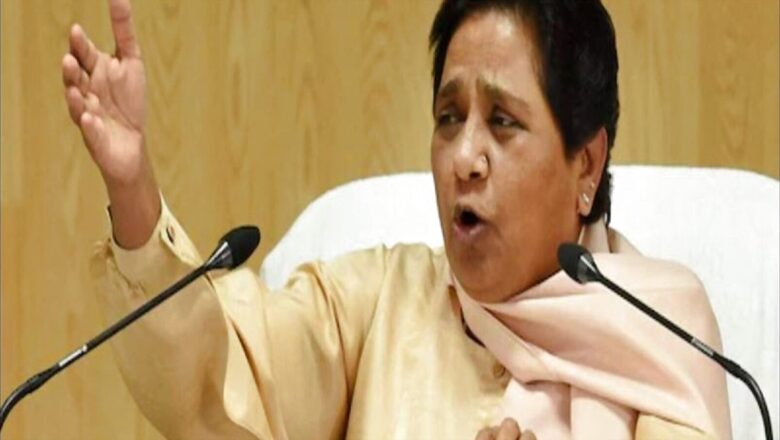
views
The first chief minister of Uttar Pradesh, Govind Ballabh Pant, a Kumaoni Brahmin, laid the foundation for a ‘post-colonial Uttar Pradesh’. Narayan Datt Tiwari, Kamalapati Tripathi, Hemwati Nandan Bahugana, Sripati Mishra—all of them belonged the Brahmin community—emerged as towering leaders in the politics of Uttar Pradesh. The influence of these leaders was so pervasive and dominant in the state that Kanshiram, the founder of the Bahujan movement, described UP as ‘brahma vrat’—and this was something he wanted to change.
This was the time when the Congress was mostly in power in Uttar Pradesh. By and large, these leaders had emerged from the Indian freedom movement. These leaders were identified in three ways: first, as legacy keepers of India’s anti-colonial freedom movement; second, as veteran leaders of the Congress; and third, as Brahmin leaders.
Caste was not the only identity for these leaders, and they managed to influence a large section of people in Uttar Pradesh, across different castes and communities. They, however, did play an important role in mobilizing Brahmins in UP in favour of the Congress.
The OBC Challenge
The hegemony of Brahmins in the UP politics was challenged when OBCs (Other Backward Classes) started asserting themselves politically in UP. It began with the emergence of the socialist movement in the state. Led by Ram Manohar Lohia, the socialist movement provided a platform to the backward communities to aspire for a stake in development and democratic politics.
Lohia’s slogan ‘Pichhade mange sau me saath’ (the backward demand 60 per cent representation in every sphere) resonated with the OBCs. Jats and Yadavs ruptured the dominance of Brahmins in UP politics. The Yadavs among OBCs emerged as the leading political community, producing leaders like Mulayam Singh Yadav. A product of the socialist movement, Mulayam Singh Yadav’s rise as the chief minister of Uttar Pradesh reflected the rise of a certain section of OBCs in Uttar Pradesh.
ALSO READ | UP Next: Some Invisible Scheduled Castes are Finally Getting Visibility, Through BJP Govt Policies
This also marked the weakening of the Congress, and with it the Brahmins, who were extremely influential during the years of the Congress rule in Uttar Pradesh.
Numerically, three castes lead in Uttar Pradesh—Brahmins, Yadavs and Jatavs. If one were to look at the political mobility of these castes, they will find that just like Yadavs challenged Brahmins as the dominant influence in UP politics, similarly Jatavs challenged Yadavs’ supremacy a few years later. Mayawati, a Jatav, ruled Uttar Pradesh as the chief minister four times.
A pattern clearly emerges while observing this transformation. A community with numerical strength and an acquired capacity to aspire, due to their access to education and consequently economic mobility, gets prominence in politics earlier than others.
Brahmins as Balancing Vote
The Brahmins in UP largely moved towards the Bharatiya Janata Party (BJP) in the decade of 1990s, when the Congress became weak due to various reasons. This was also the time when Dalits deserted the Congress and moved towards the BSP. As a result, the Congress lost its two important caste bases in UP and was pushed to the margins of state politics.
The leadership of the BJP under Atal Bihari Vajpayee attracted Brahmins towards the party; the Ram Janmabhoomi movement led by BJP also played an important role in mobilizing Brahmins in favour of the BJP. The BJP slowly also added various OBC and Dalit communities to its fold and gave them a share in democratic politics.
This explains why the leadership profile of the BJP is changing fast and many OBCs have emerged as key faces of the party. Brahmins are still crucial for the politics of BJP but the big Brahmin faces in the party are no longer prominent—Kalraj Mishra and Keshari Nath Tripathi were/have been assigned roles as governors of states.
Brahmins in Uttar Pradesh, some analysts would argue, are emerging as a balancing vote as against core vote. This is the reason why many parties, including the Bahujan Samaj Party and the Samajwadi Party, are trying to reach out to them through Brahmin sammelans, even as the BJP continues to maintain its hold over the community.
The results of Uttar Pradesh elections will tell us who did the Brahmins ultimately choose.
Badri Narayan is professor and director of GB Pant Social Science Institute, Prayagraj, and the author of ‘Republic of Hindutva’. The views expressed in this article are those of the author and do not represent the stand of this publication.
Read all the Latest News, Breaking News and Coronavirus News here.


















Comments
0 comment